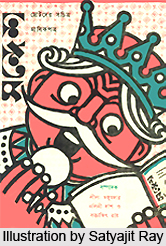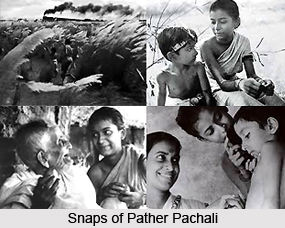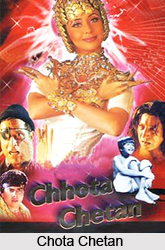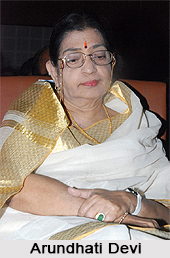 Early career of Satyajit Ray has been that of creativity. He had been associated with an ad agency named D.J. Keymer as a graphic designer. He worked there for thirteen years and then made his move to films. His visit to the West in the year 1950 had a lasting impression on him, where he watched many international movies and helped him decide to make the final plunge.
Early career of Satyajit Ray has been that of creativity. He had been associated with an ad agency named D.J. Keymer as a graphic designer. He worked there for thirteen years and then made his move to films. His visit to the West in the year 1950 had a lasting impression on him, where he watched many international movies and helped him decide to make the final plunge.
Job as a Graphic Designer, 1943
Early career of Satyajit Ray includes life in typography and graphic designing. Long before he plunged into full fledged filmmaking he spent 13 years in D.J. Keymer - a British-run advertising agency, as a junior graphic designer. After the success of Pather Pachali he shifted to full fledged filmmaking.
Satyajit was absolutely thrilled by English and Bengali typography and produced many innovative and interesting advertising campaigns. Two of his designs of typefaces "Ray Bizarre" and "Ray Roman" won him international acclaim in the year 1971. He brought in Indian calligraphic and motifs to advertising. Later one sees that his love for illustration and typography has been found in opening credits and publicity posters of all his films. Ray`s senior colleague at D.J. Keymer, D.K. Gupta started a publishing house `Signet Press` and Satyajit was roped in to do the design of cover jackets. Satyajit Ray, by his own admission, was unfamiliar with Bengali Literature and was also alien to bulk of Rabindranath Tagore`s work. It was in 1944, when D. K. Gupta thought of publishing an abridged version of Bibhutibhushan Bandyopadhyay`s Pather Panchali, Ray was asked to do the illustrations. The book had a lasting impression on him and sowed the seed of starting a film on this project. The Signet Press also reprinted Sukumar Ray`s Abol-Tabol (Hocus-Pocus) and Ha-ja-ba-ra-la (Higgledy Pigleddy) where Satyajit did the illustrations.
It was during his association with the Signet Press that he came across some of the best composition of Bengali Literature and he indulged in extensive reading. He designed the jackets for these books. He also adapted these stories for his later films as well.
Ray as a Film Critic, 1947
After the World War II there was a huge market for American Films in Kolkata, and this provided the opportunity for Satyajit and his friends to feast on these films. Ray, along with his friend Bansi Chandra Gupta, co-founded Film Society, which was first in Kolkata. The first film that they screened was "Battleship Potemkin".
Satyajit Ray soon started writing variety of articles on cinema. These articles got published in many magazines and newspapers, in both Bengali and English. A collection of these articles, written between 1948 and 1971, were later published as a book `Our Films, Their Films`.
Meanwhile during this period, Ray had also developed a keen interest in writing screenplays. He did it out of pleasure and he would take novels and stories of a yet-to-release film wrote screenplays for the same. Then he would compare the screenplay with the finished film. In some cases he would even write a second version of the screenplay.
Ray`s Encounter with Jean Renoir, 1949
 Jean Renoir had visited Kolkata in 1949 in search for location of his film "The River". Ray fixed an appointment with Renoir and sought a meeting. Soon Satyajit accompanied Renoir on his trip, during weekends, to search for film locations to outskirts of the city, Kolkata.
Jean Renoir had visited Kolkata in 1949 in search for location of his film "The River". Ray fixed an appointment with Renoir and sought a meeting. Soon Satyajit accompanied Renoir on his trip, during weekends, to search for film locations to outskirts of the city, Kolkata.
This was the beginning of his journey in films. His meeting with Renoir inspired him to plunge into films.
Effect of `Bicycle Thieves` on Ray, 1950
Ray went to London in 1950 for a business trip which ultimately resulted in an important turn in his career. In his 16 day journey to London he sketched a rough screenplay of Pather Pachali. And he wanted to shoot the film in real locations.
During his six month stay aboard, he saw many types of films, each having unique and typical significance. But the film which made a serious impact on him was Vittorio De Sica`s Bicycle Thieves. Later in the introductory part of his book `Our Films, Their Films`, he wrote- "All through my stay in London, the lessons of Bicycle Thieves and neo-realist cinema stayed with me".
This film actually inspired him to make a feature film himself and also reaffirmed his belief that it was possible to shoot realistic cinema with an entirely amateur cast and shooting at real venues.
On his return journey to India he had completed the final draft of the screenplay for Pather Pachali.






